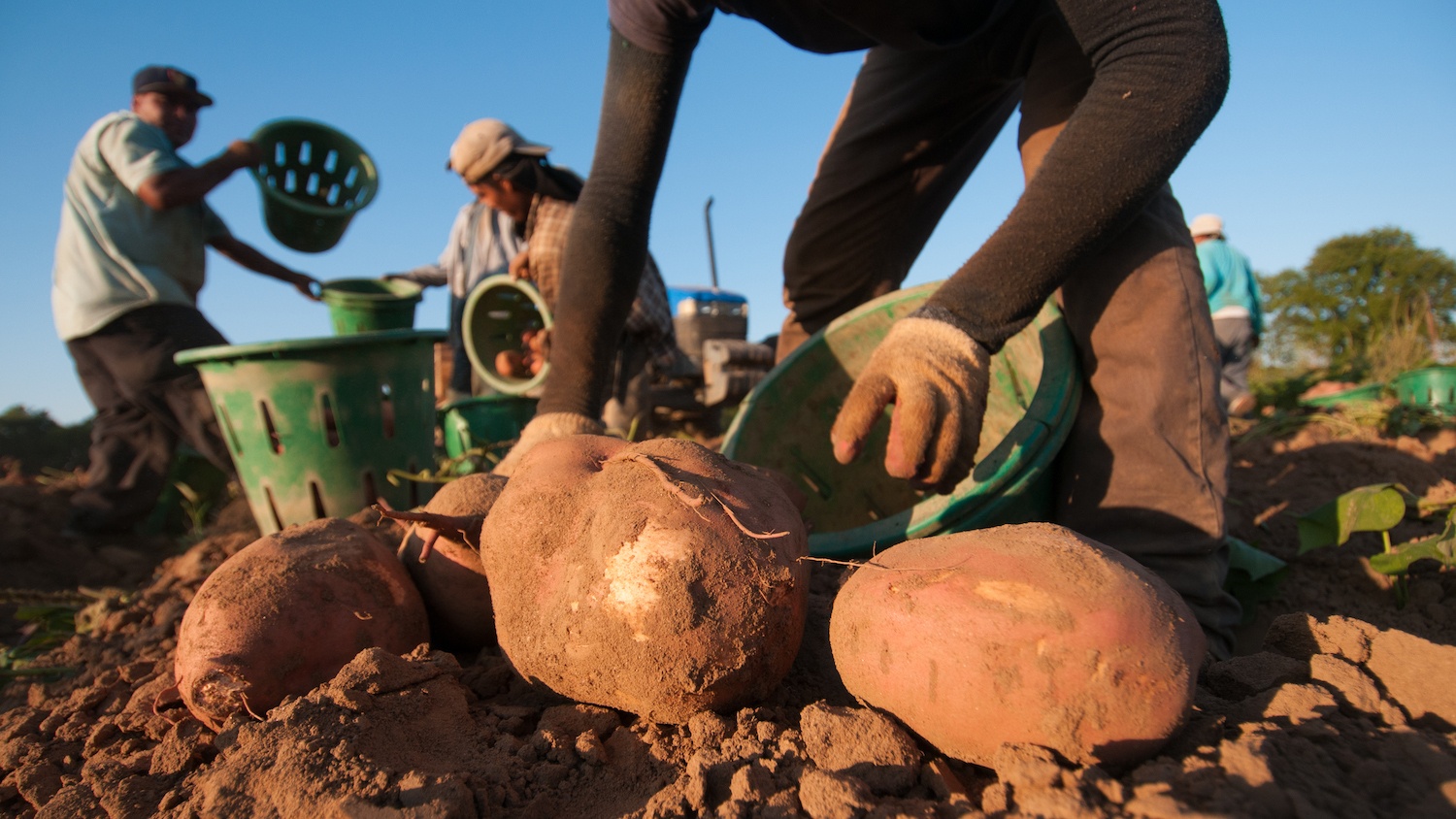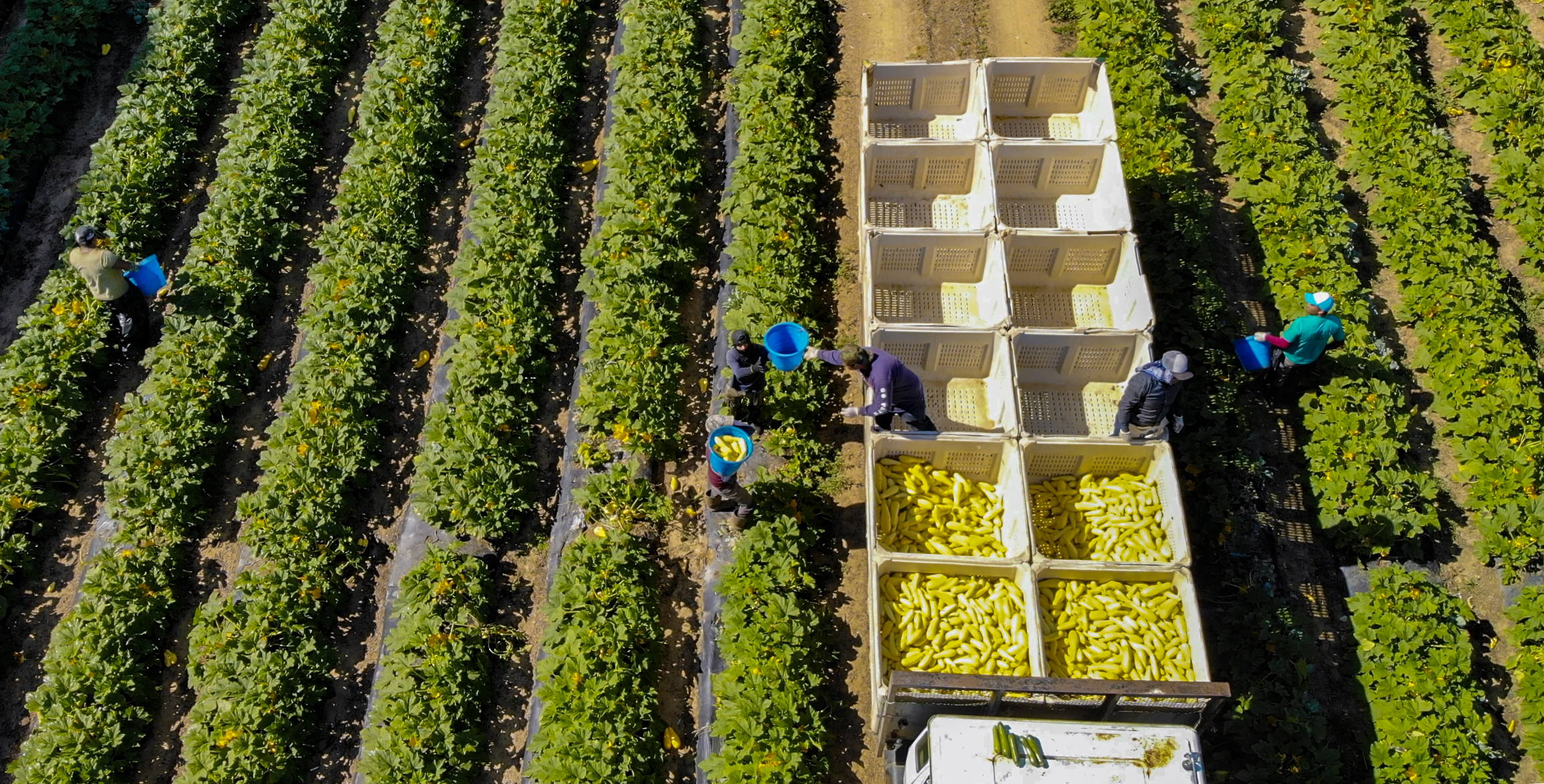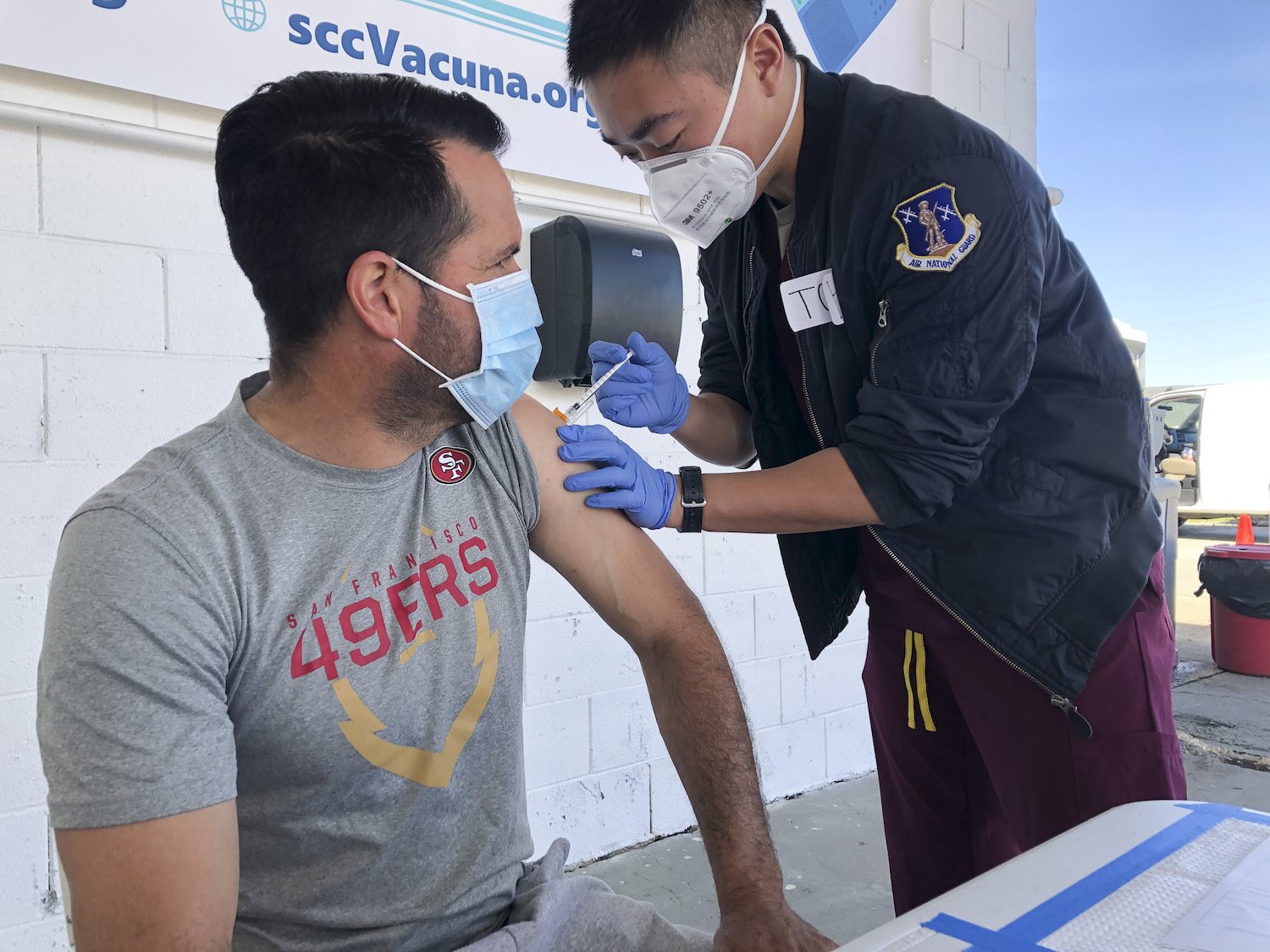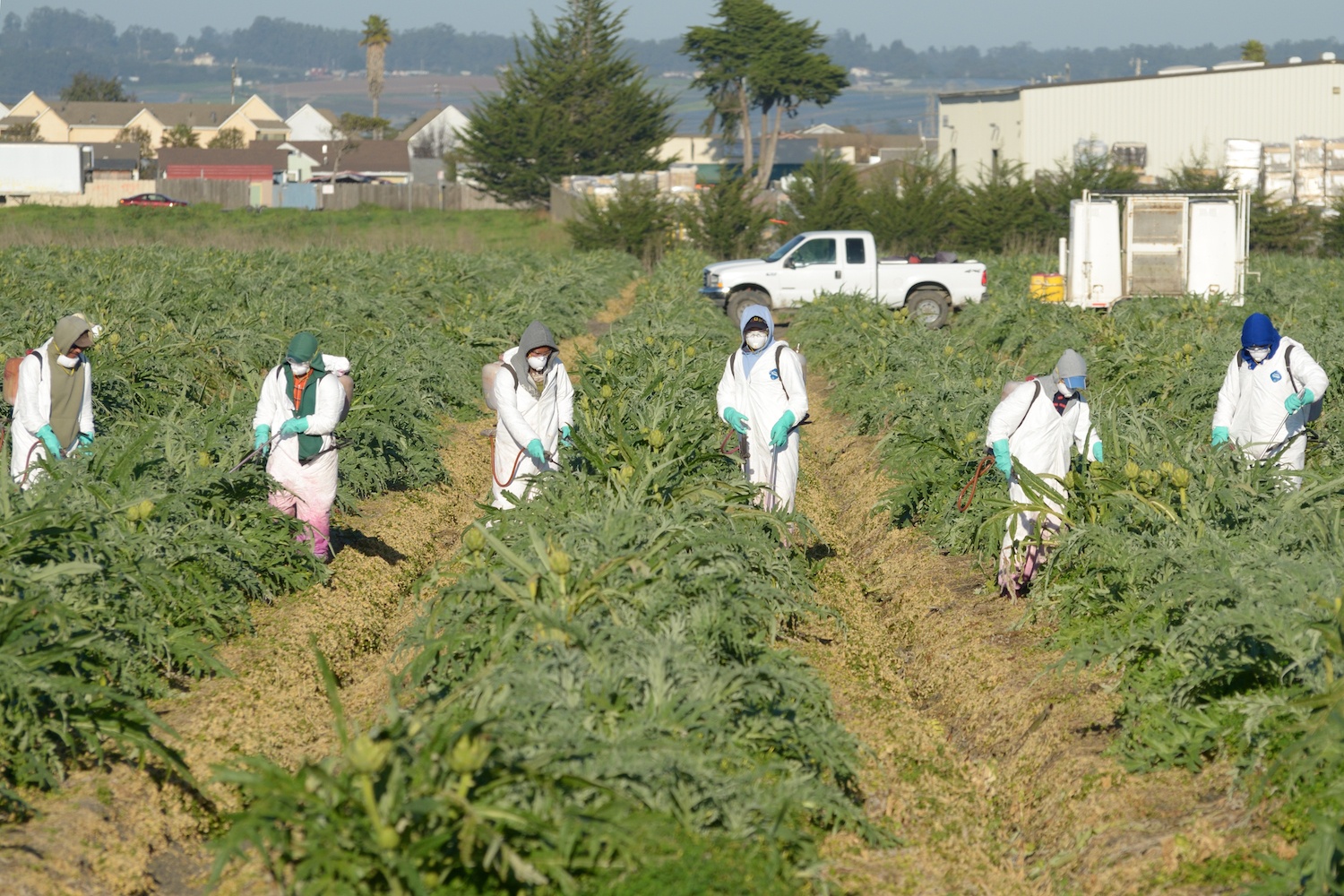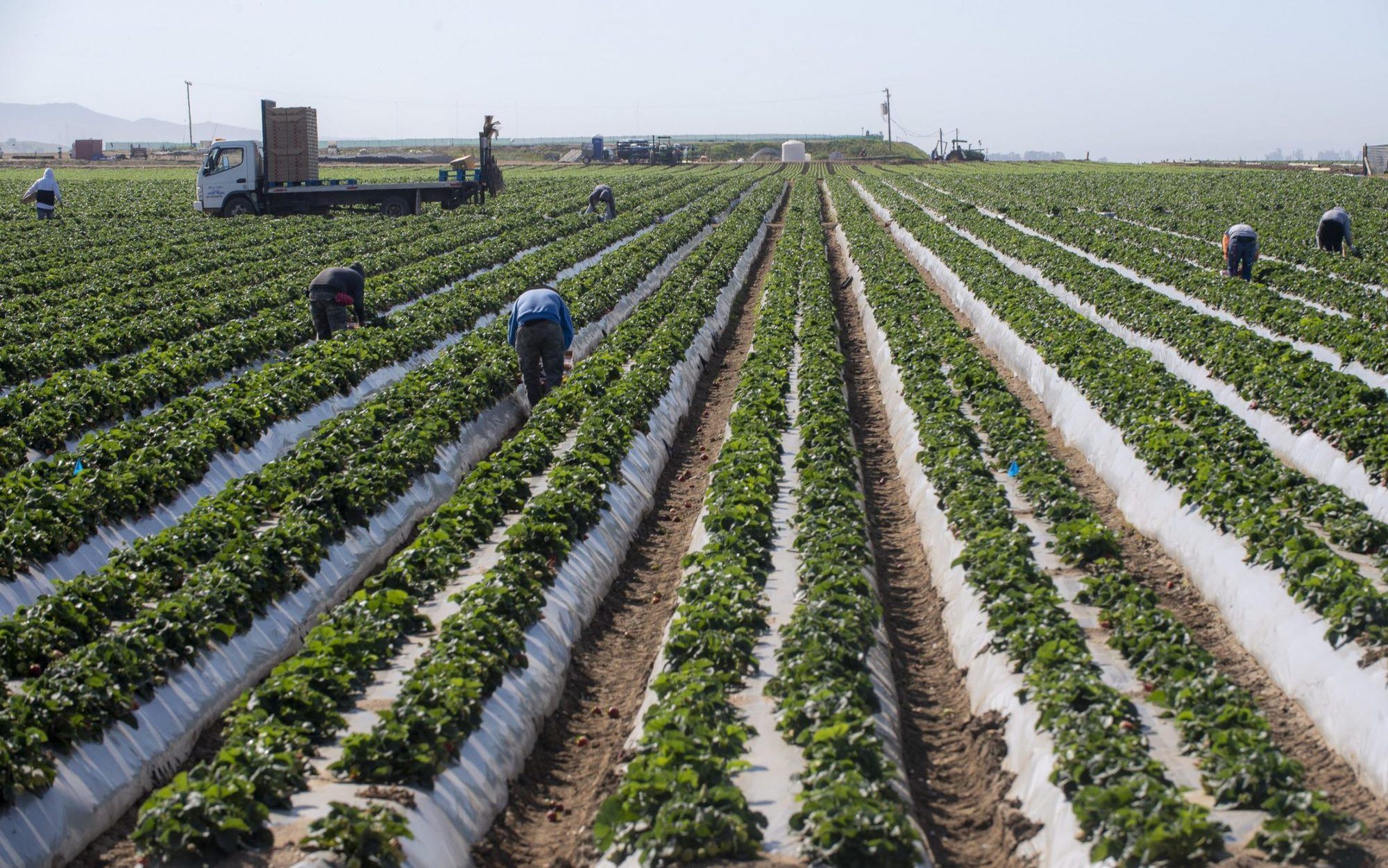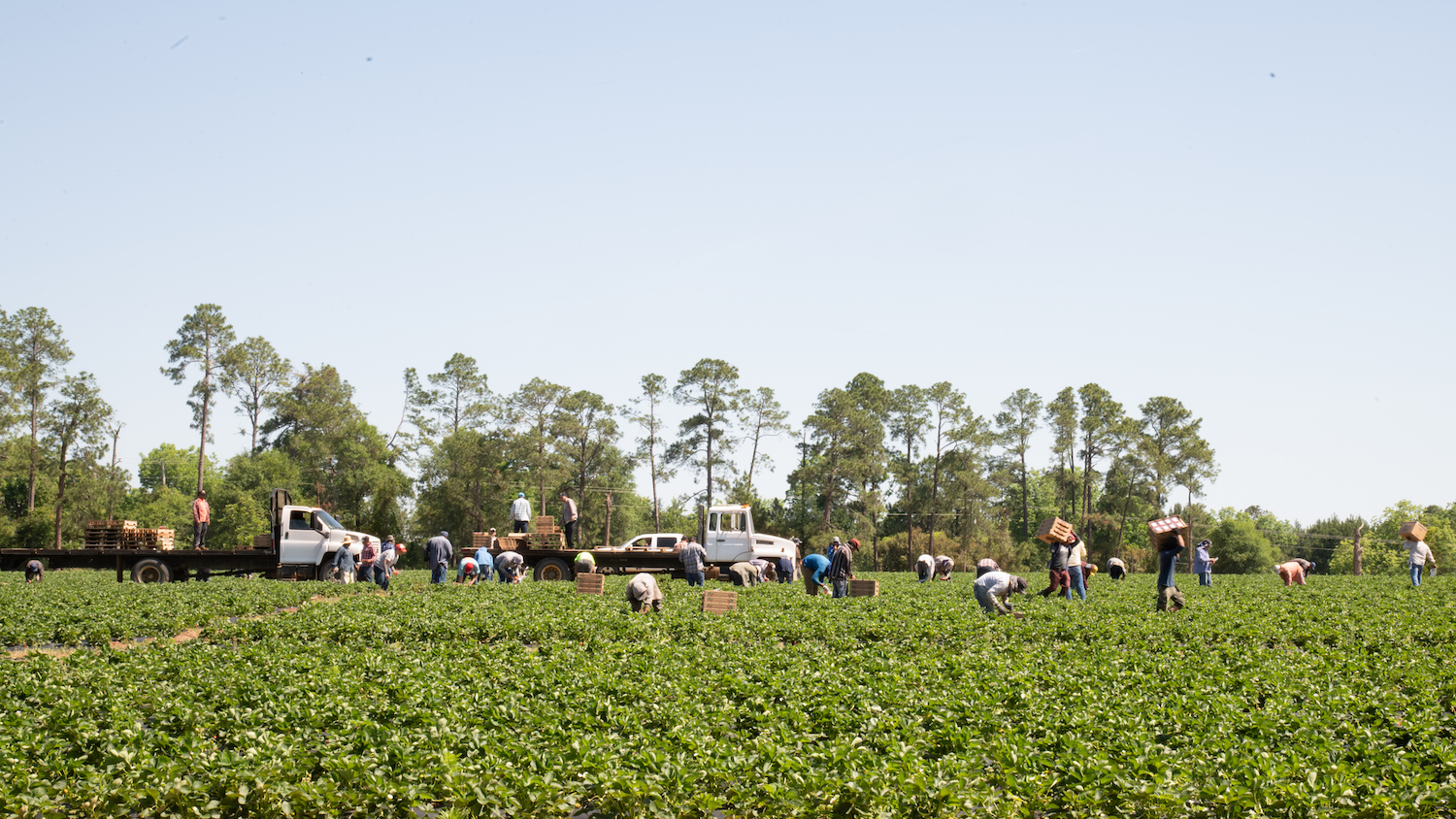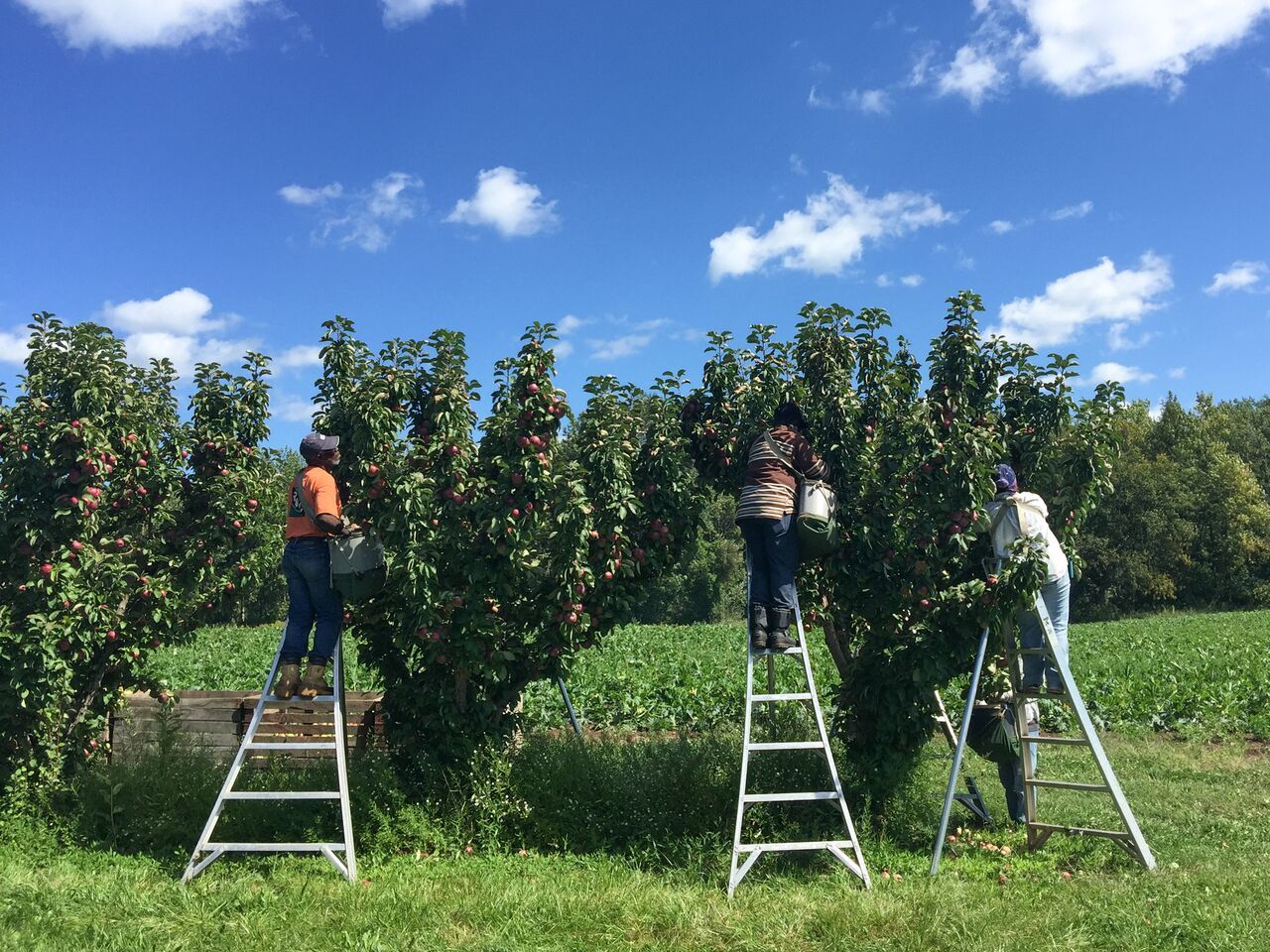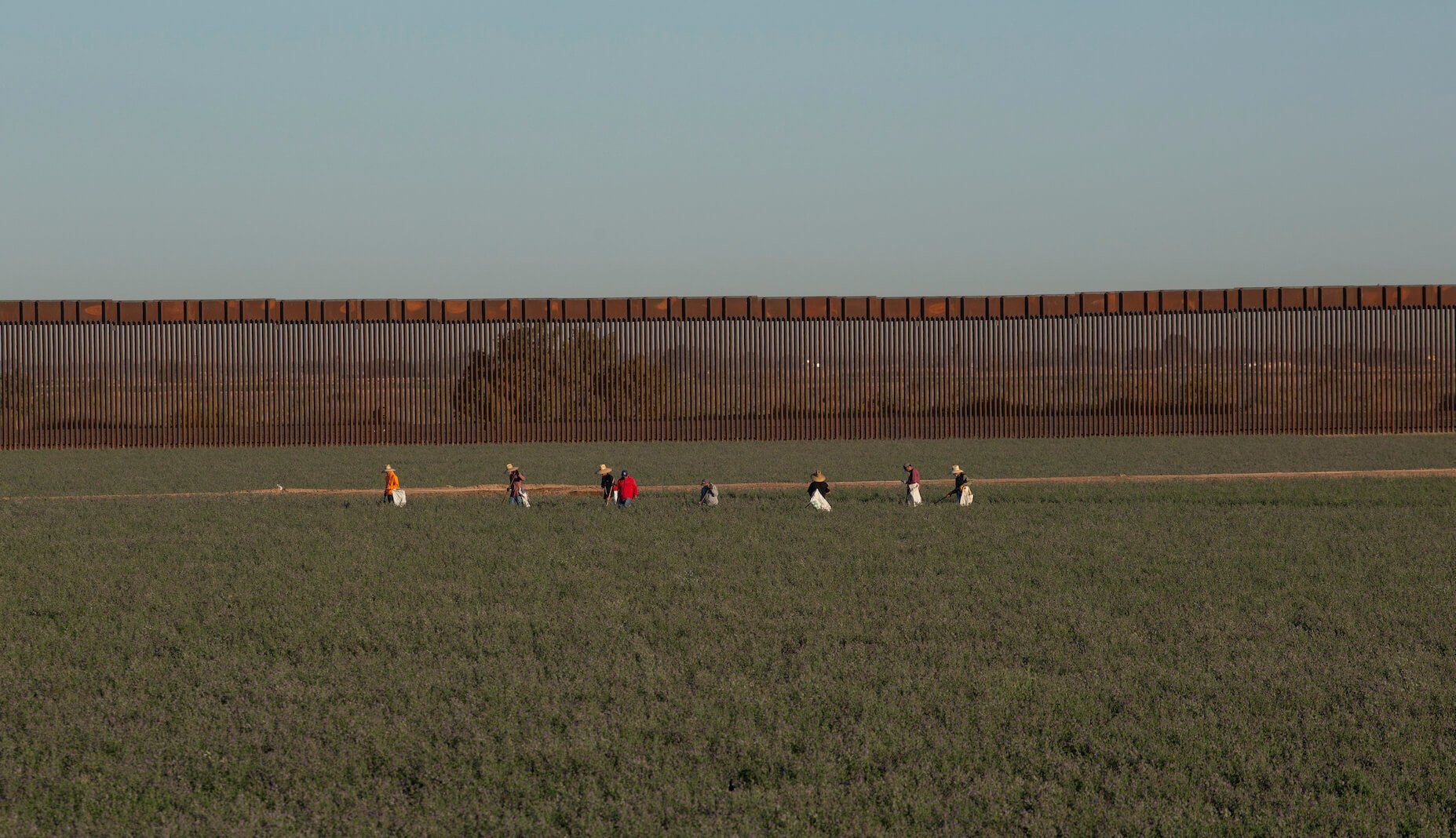
Andrew Lichtenstein/Corbis via Getty Images
Proponents celebrate paving a path to citizenship for undocumented farm workers. But there’s been far less emphasis on provisions that would freeze wages and limit future pay increases.
After four months of languishing, the Farm Workforce Modernization Act (FWMA)—a proposal that would give undocumented farm workers a pathway to citizenship while also freezing wages for foreign guest workers—appears to be picking up steam again.
The Senate Judiciary Committee held a hearing on the proposed legislation Wednesday, which included testimonies from worker advocates, growers, and Secretary of Agriculture Tom Vilsack. After months with no movement, the hearing may be a reassuring step forward for producers and the bill’s sponsors, who have continued to rally behind FWMA since its passage in the House in March.
“I’m here today to simply advocate on behalf of American agriculture and workers,” said Vilsack at the hearing, which was the first testimony by a U.S. Secretary of Agriculture before the committee in two decades. “To plead with the Senate to fix this broken system, to maintain the capacity of this great food and ag industry to continue to provide the benefits that we all enjoy in this country and at the same time to provide respect and dignity to the farm workers who are working so hard to make this system what it is today.”
But for some farm worker advocates, FWMA is more a cause for concern than assurance. While bigger groups like United Farm Workers have emphasized its significance for providing undocumented workers immediate temporary legal status and an eventual pathway to citizenship, grassroots organizing networks say these benefits are contingent on too-challenging prerequisites—including an eight-year farm work requirement. The proposal also includes provisions that would limit wage growth for a growing segment of ag workers, making it a potential boon for farm employers and owners—a group that may include some of the bill’s own sponsors.
The newest incarnation of FMWA has rare bipartisan support among lawmakers and influential lobby groups, and its passage could lead to consequential changes in both the immigration system and agricultural sector.
The newest incarnation of FMWA has rare bipartisan support among lawmakers and influential lobby groups, and its passage could lead to consequential changes in both the immigration system and agricultural sector. As drafted, the bill would streamline and expand the massive H-2A visa program, also known as the seasonal agricultural worker program, while freezing the minimum wage that companies are required to pay participating workers. In other words, FMWA could make operating farm businesses a lot more profitable very quickly.
To understand how this all works, it helps to first unpack how the H-2A program functions. The program allows foreign workers to work on a temporary basis on U.S. farms that can demonstrate a difficulty hiring locally. Unlike most visa programs, there is no limit on the number of H-2A visas that get issued in a given year. As the ag industry has struggled to employ U.S. workers in recent years, the H-2A program has seen its popularity skyrocket, growing fivefold according to USDA analysis, with a record 210,000 H-2A visas issued last year.
Employers are required to pay H-2A workers what is known as an adverse effect wage rate (AEWR), a region-by-region wage floor that is typically higher than state and federal minimums. This way, the thinking goes, farm operators don’t have a financial incentive to hire foreign workers over U.S. workers. The agricultural industry, on the other hand, has argued that the AEWR is financially burdensome and eats away at the farming business’s already-thin profit margins.
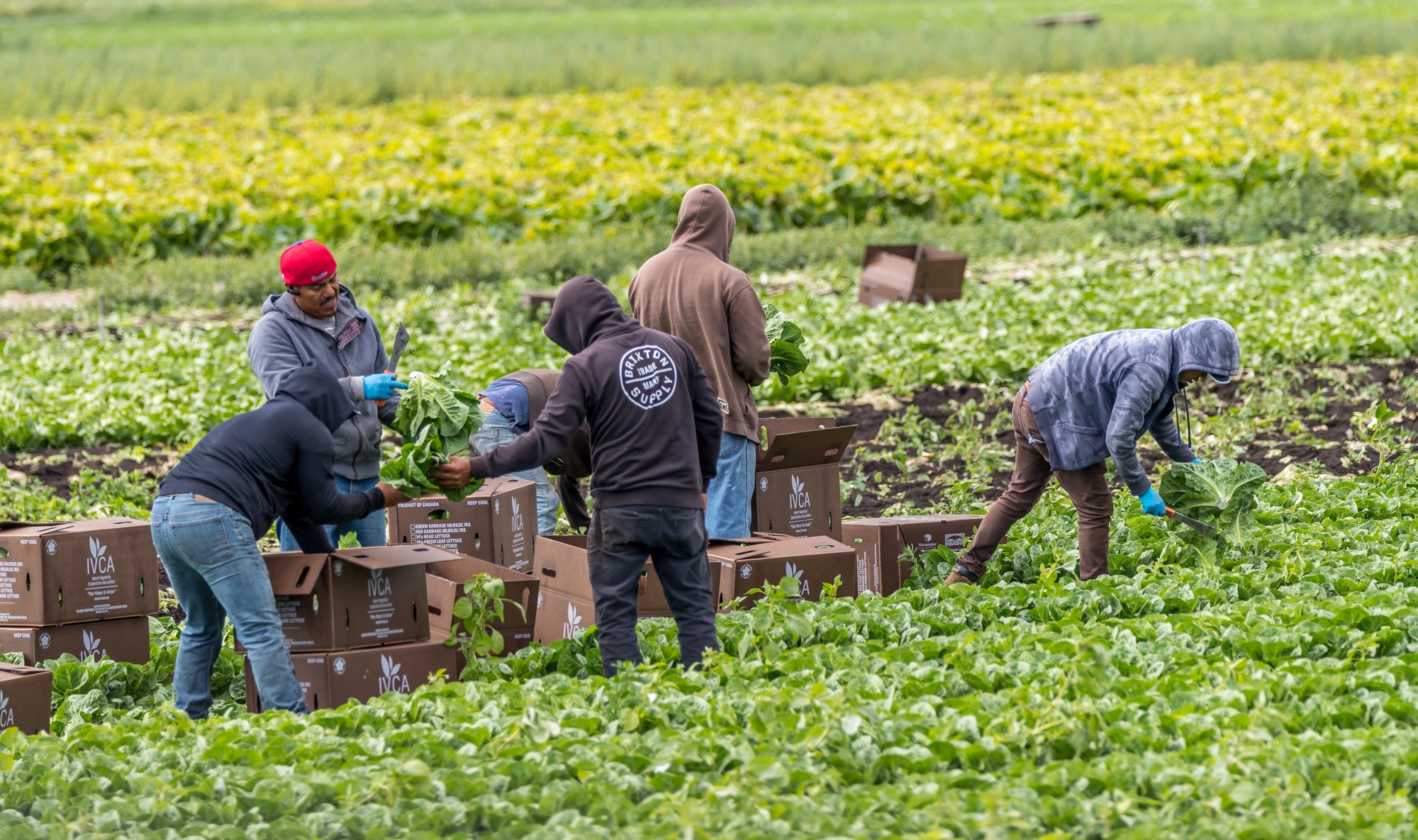
The H-2A program allows foreign workers to work on a temporary basis on U.S. farms that can demonstrate a difficulty hiring locally. Unlike most visa programs, there is no limit on the number of H-2A visas that get issued in a given year.
rand22 | Getty Images
Here’s where FWMA would come in: The proposal would freeze the AEWR in 2022, then cap future increases at 3.25 percent per year for the next decade.
“The wage portion of [the farm] business is significant, and it is going up at crazy rates—you could just imagine how quickly that could make a business no longer viable,” said Richard Stup, an agricultural workforce specialist at Cornell University. “It’s just about having some more predictability about the rate of growth of labor [costs], which is a very significant part of the farm’s costs.”
But putting a limit on wage increases can effectively amount to a wealth transfer: According to a Department of Labor analysis of a separate but similar proposal, freezing the AEWR in 2022 and limiting future increases to 2.89 percent per year would shift approximately $1.68 billion in earnings from workers to employers over a decade. And as some have pointed out, capping wage increases for a segment of the farm workforce could depress wages across the board, including for U.S. workers.
“Lowering the AEWR will put downward pressure on the wages of all farmworkers.”
“The AEWR exists for two main reasons: To prevent farm workers who are recruited from abroad from being underpaid relative to other farm workers in the region where they’re employed, [and] to prevent downward pressure on the wages of farm workers in the United States,” wrote Daniel Costa, director of immigration law and policy research at the left-leaning Economic Policy Institute, in a 2020 analysis of a proposal to lower H-2A wages. “Lowering the AEWR will put downward pressure on the wages of all farmworkers.”
The economic stability promised by FWMA could explain why it has such strong backing among farm owners. It counts among its supporters more than 260 ag groups from across the country, representing almost every crop—from fruit and vegetable producers to winegrowers to dairy farmers to nurseries.
Incidentally, some of the very lawmakers who sponsored the bill in the House are farm owners and employers themselves. According to a review of financial disclosure reports filed by FWMA’s co-sponsors last year, The Counter found that at least six own farming operations and collect some form of income from them.
At this point, the renewed legislation still faces political hurdles in the Senate: While a few Republican senators have vocally supported the bill, it’s still unclear whether it can get the 60 votes required to override a filibuster. In the meantime, it appears that Democrats are gearing up to try a different maneuver that they hope could provide a pathway to citizenship for farm workers, by passing immigration reform via a budget reconciliation process for the infrastructure bill—putting that ball in the Senate parliamentarian’s court for now.

